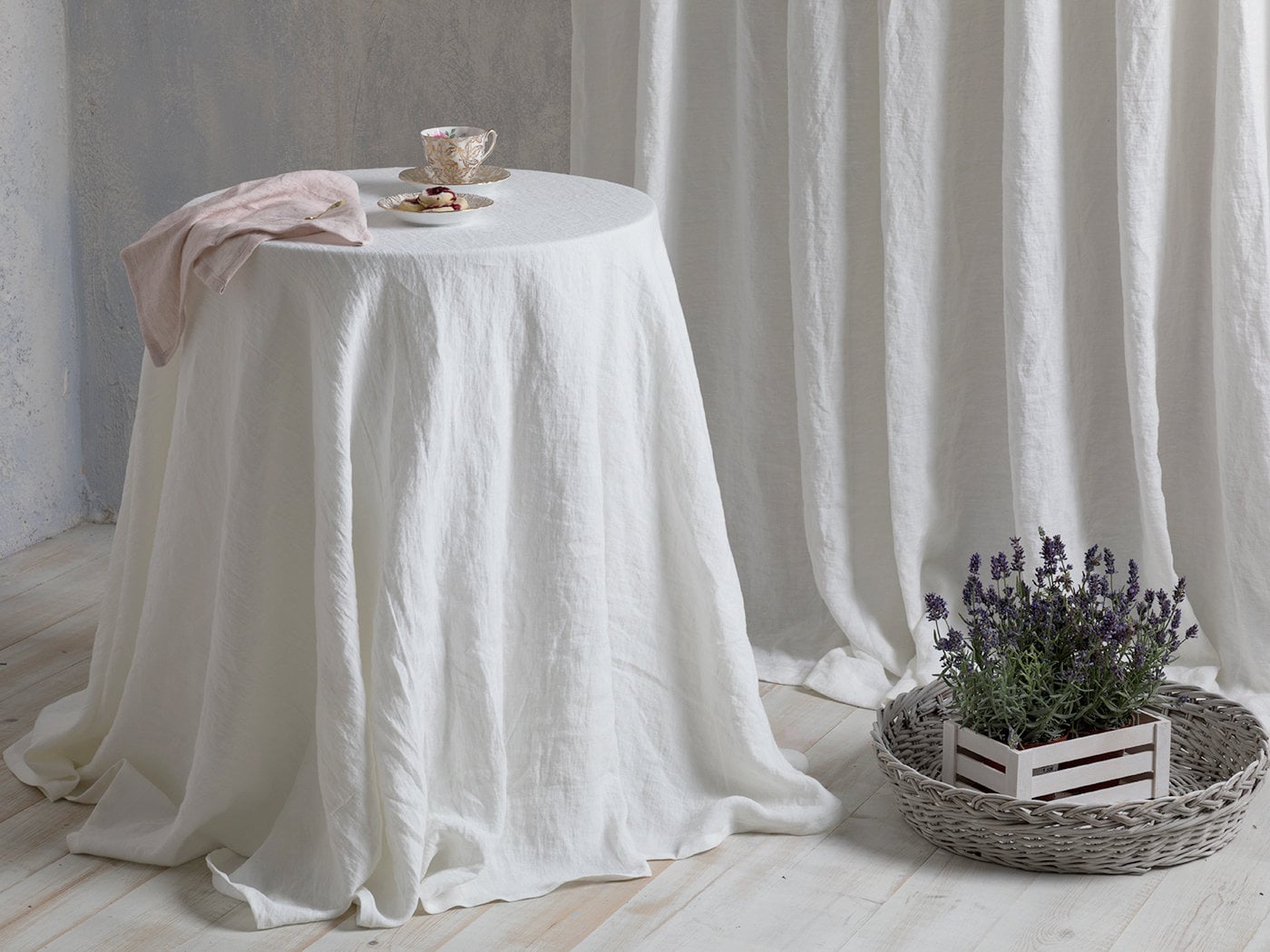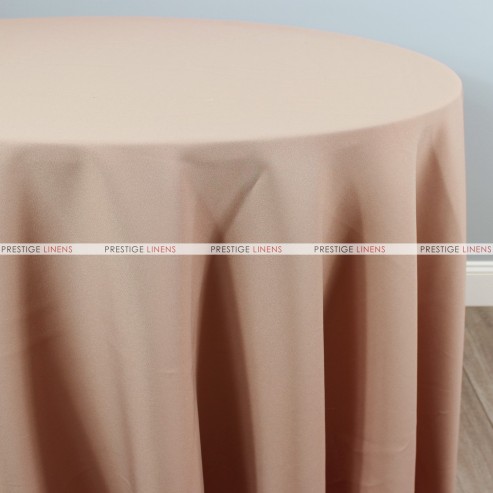Flat Sheet Buying Guide: What to Look for comfortably and Top quality
Linen Textile Technologies: Checking Out Modern Trends and Creative Applications in Design and Fabric Sector
From sustainable manufacturing methods to cutting-edge weaving modern technologies, the evolution of linen is reshaping the landscape of the fabric sector. As we dig right into the realms of innovative layout applications and the introduction of linen blends and hybrid textiles, a brand-new phase unravels in which linen's duty in future fabric technologies takes facility stage.
Lasting Practices in Linen Manufacturing
Sustainable techniques in linen production have actually ended up being increasingly crucial in the fabric industry's initiatives to decrease ecological influence and promote ethical sourcing approaches. Linen, an all-natural fiber acquired from the flax plant, supplies a series of benefits such as breathability, biodegradability, and durability. Nevertheless, typical methods of bed linen manufacturing can involve substantial water consumption, chemical use, and energy-intensive procedures.
To address these difficulties, many textile suppliers are adopting lasting practices throughout the bed linen manufacturing process. This consists of sourcing flax from organic farms that stay clear of hazardous pesticides and chemicals, implementing water-efficient retting methods to remove fibers from the flax stalks, and utilizing green dyes and finishes. Additionally, some business are spending in renewable resource resources to power their manufacturing facilities and minimizing waste via recycling and upcycling initiatives.
Technological Innovations in Linen Weaving
With the growing focus on lasting practices in linen production, the fabric market is now seeing a surge in technical developments particularly intended at revolutionizing the art of linen weaving. These developments are reshaping the method bed linen fabrics are produced, providing raised performance, quality, and creativity in weaving methods.
Among the vital technical developments in bed linen weaving is the assimilation of computerized looms. These sophisticated looms are furnished with software that permits elaborate and complex designs to be woven with accuracy. By digitizing the weaving procedure, manufacturers can achieve greater uniformity and precision in their linen fabrics.
Moreover, developments in yarn spinning modern technology have actually made it possible for the manufacturing of finer and more long lasting bed linen yarns - table cloths. This leads to softer and smoother linen textiles that maintain their high quality even after numerous uses and washes
In addition, the advancement of green dyeing procedures and surfaces for linen textiles is getting traction. These sustainable techniques not only reduce the ecological effect but additionally provide to the enhancing customer need for morally created fabrics.
Creative Layout Applications for Linen
Cutting-edge creative strategies are significantly forming the imaginative design applications for linen in the fabric industry. Bed linen's natural aesthetic charm and capacity to blend with other materials make it a favored selection for creating distinct garments and devices that provide to the environmentally conscious consumer.
Additionally, developers are trying out linen in home decor, utilizing its breathable and long lasting nature to craft stylish furnishings such as curtains, bedding, and upholstery. Your Domain Name The texture and drape of linen bring a sense of elegance and comfort to interior areas, adding a touch of beauty to contemporary homes.

Bed Linen Blends and Crossbreed Fabrics

Crossbreed materials, on the other hand, take the principle of blending an action additionally by incorporating added aspects such as metallic strings, recycled materials, or conductive fibers. These innovative fabrics not only expand the layout opportunities however additionally present functional facets like conductivity, antimicrobial buildings, or improved sturdiness. Hybrid fabrics are progressively being used in numerous sectors, consisting of fashion, interior decoration, and technological fabrics, where the need for multifunctional products gets on the surge.
Linen's Role in Future Textile Innovations

In the realm of future textile developments, bed linen is expected to be an essential gamer in the growth of innovative functional fabrics. Developers and researchers are discovering ways to improve linen's intrinsic top qualities via technical advancements, such as incorporating smart textiles, nanotechnology, and performance surfaces. These advancements intend to boost bed linen's efficiency attributes, making it suitable for a broader variety of applications, from activewear to protective clothing.
Moreover, the combination of linen with various other all-natural or artificial fibers opens up endless possibilities for developing unique fabrics with special buildings and capabilities. By leveraging bed linen's qualities and checking out ingenious blends, the textile sector is positioned to present interesting growths that satisfy advancing customer requirements and sustainability requirements.
Conclusion
Finally, the expedition of sustainable practices, technical developments, creative design applications, bed linen blends, and its function in future textile technologies highlight the continual development of linen textile in the contemporary design and fabric industry. With a concentrate on technology and imagination, the flexibility and eco-friendly nature of bed linen make it a useful material for manufacturers and developers alike, leading the way for further growths and improvements in the field of fabrics.
As we delve right into the realms of imaginative style applications and the development of bed linen blends and hybrid textiles, a brand-new chapter unfolds in which bed linen's role in future fabric developments takes center stage.
Discovering the fusion of bed linen with various other materials has actually led to the emergence of ingenious blends and crossbreed textiles in the modern textile industry. Linen blends use a special mix of the qualities of bed linen with those of various other fibers, resulting in fabrics that possess improved residential properties such as increased longevity, improved draping, and minimized wrinkling.The advancement of linen blends and hybrid materials has actually established the phase for Linen to play a critical function in driving future fabric technologies.In the realm of future textile developments, bed linen is anticipated to be a vital gamer in the advancement of innovative useful textiles.